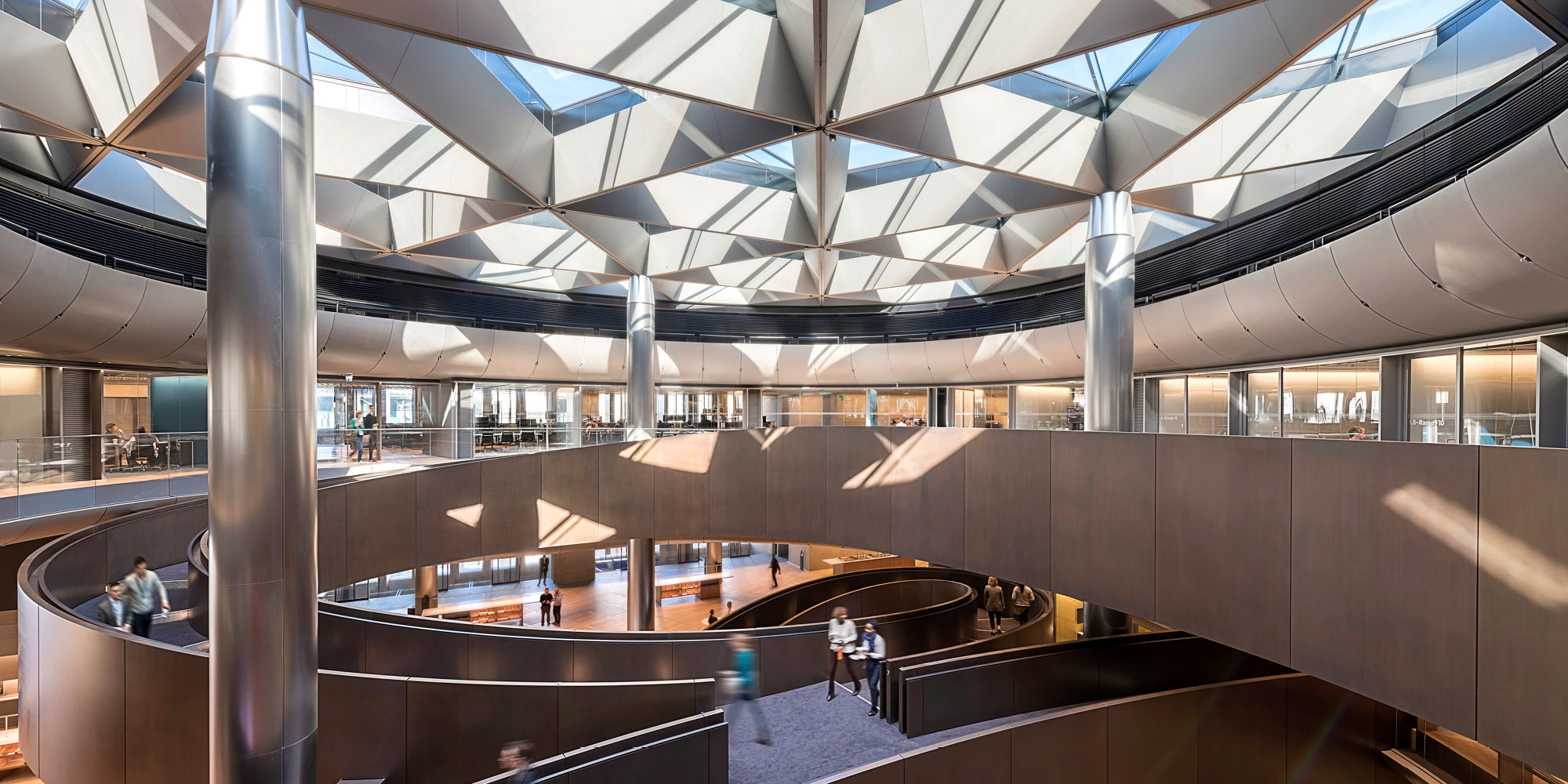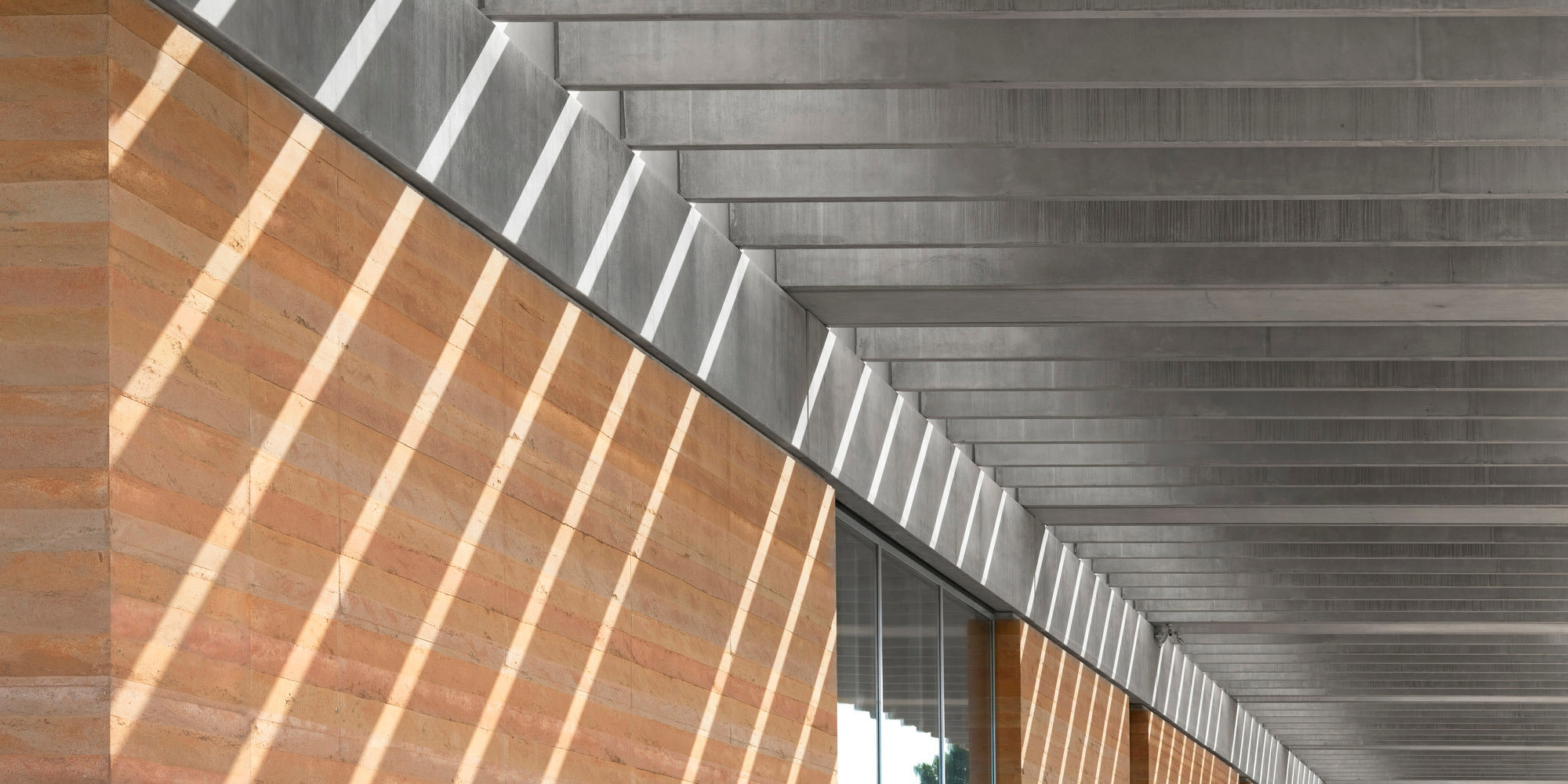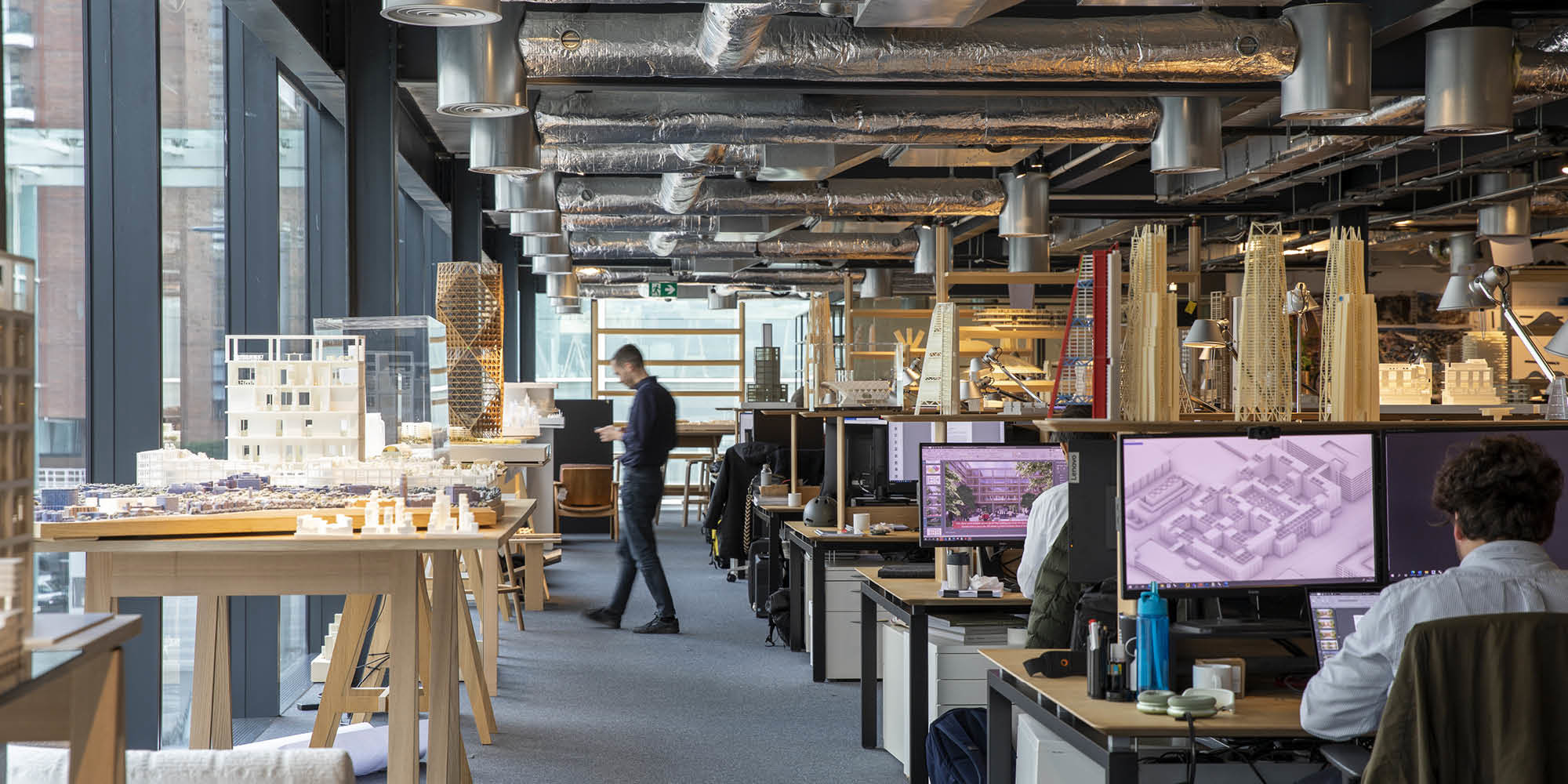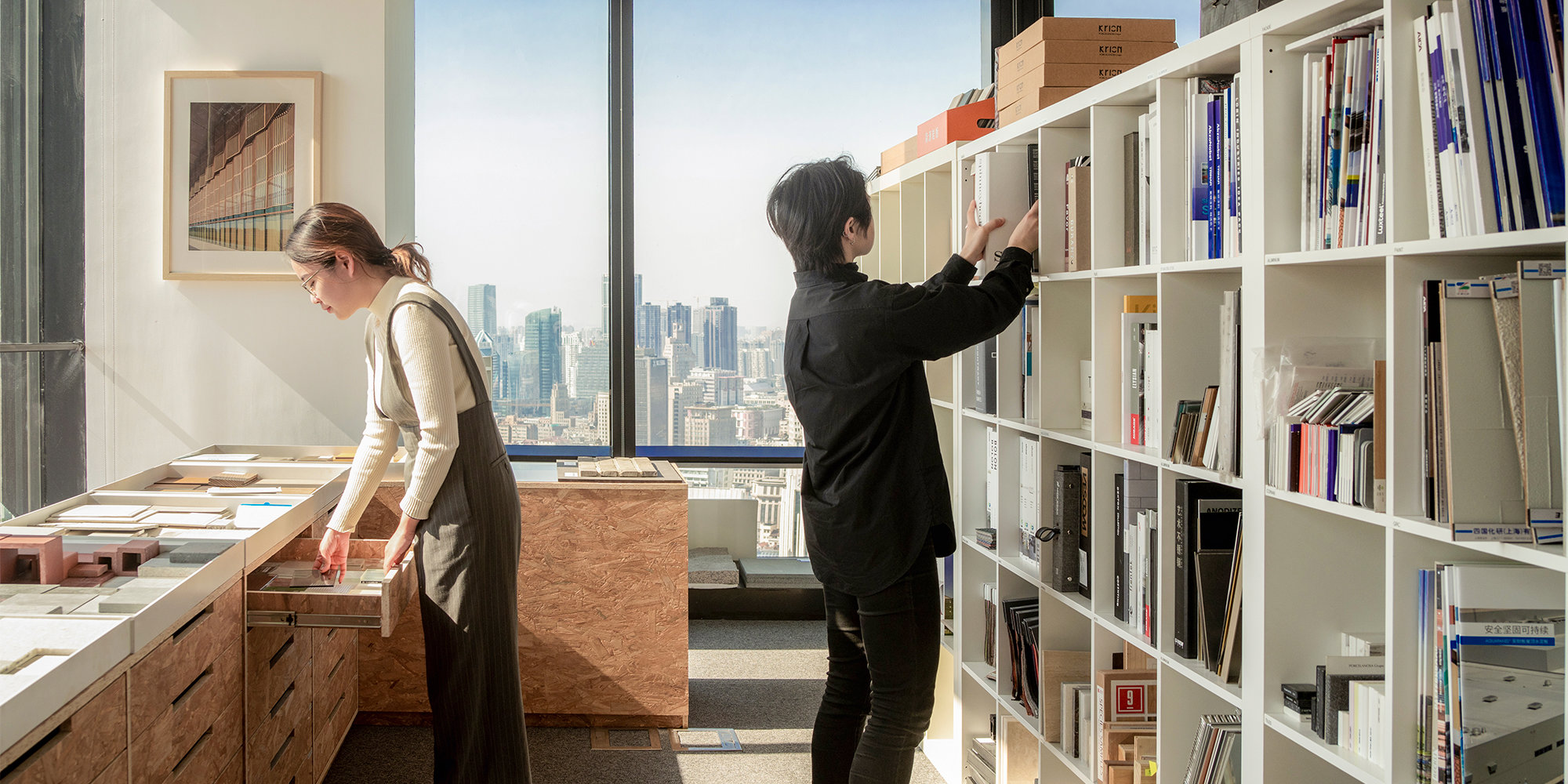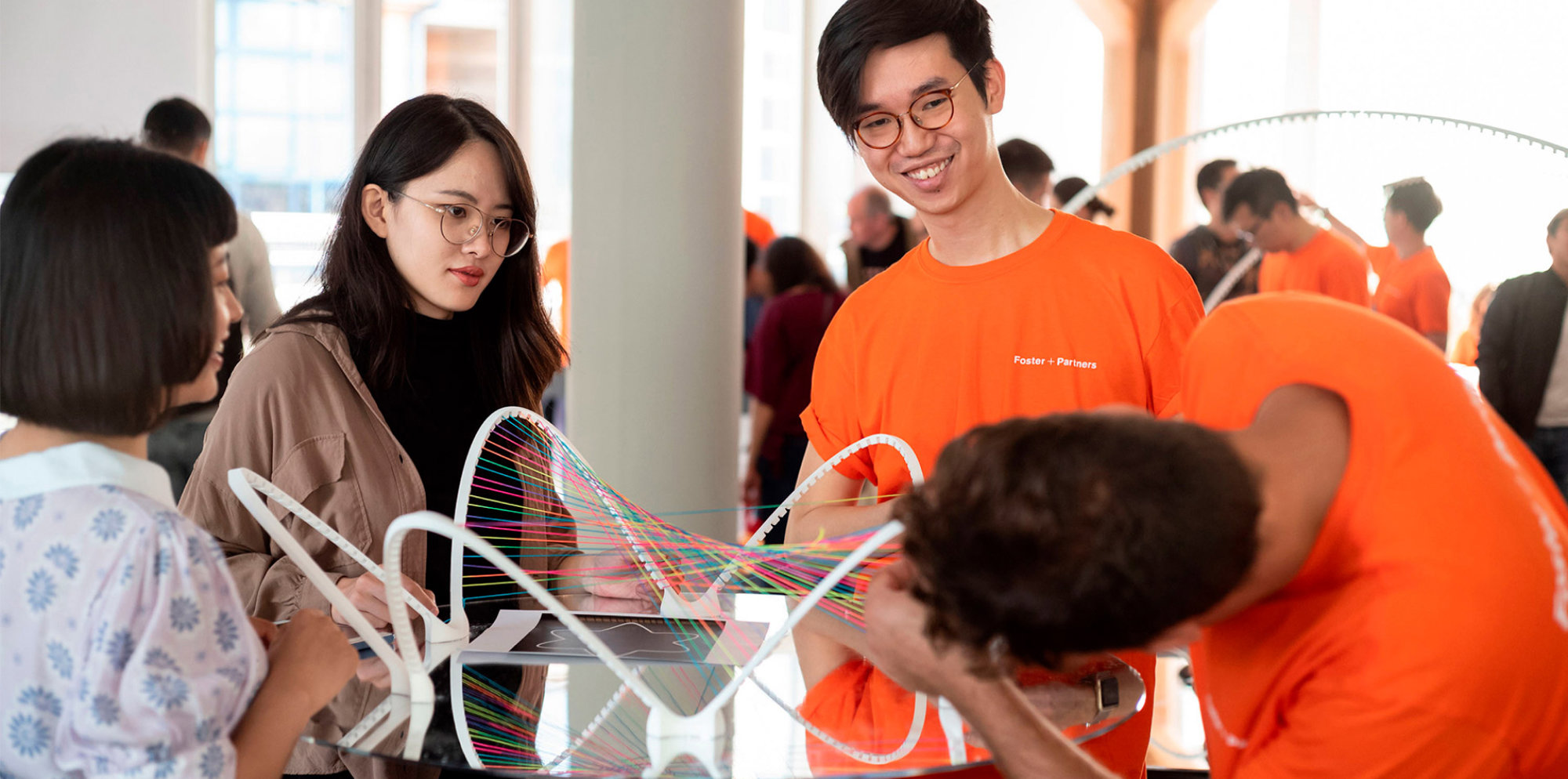Our new series, The Column, gives you the opportunity to ask our experts about their work, and how it shapes the built environment.
Last month, you submitted your questions for Laura Narvaez Zertuche on Instagram. Laura is an architect and urban designer, who specialises in spatial data science, and leads people movement and data analytics within the Urban Design and Landscape team.
Her responses span the use of artificial intelligence in urban design, the role it could play in creating our cities, and some of the associated challenges, amongst other topics.
